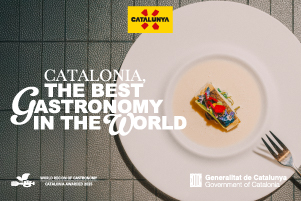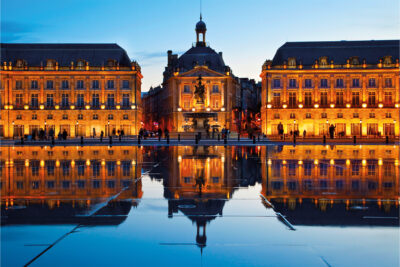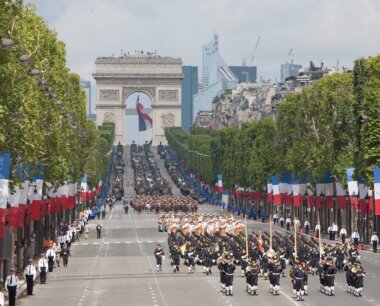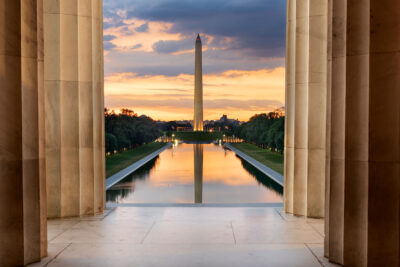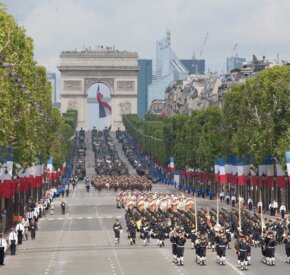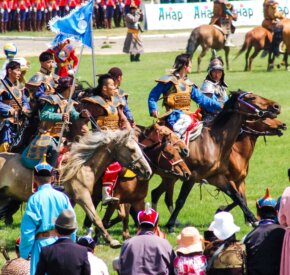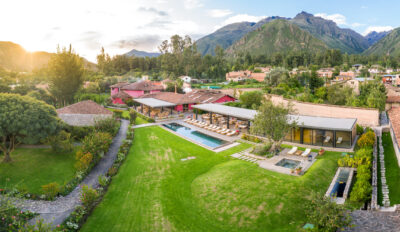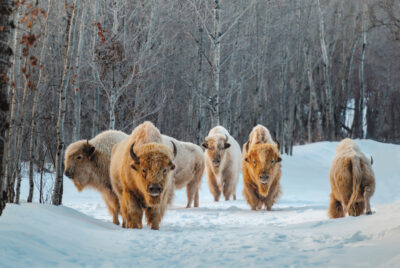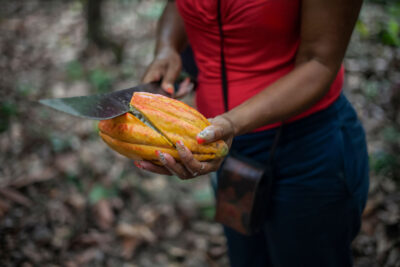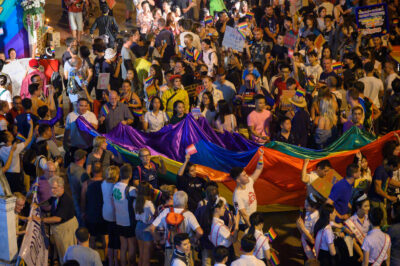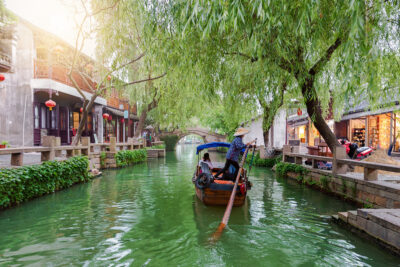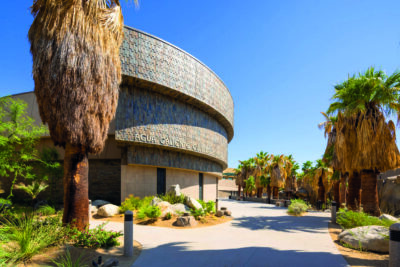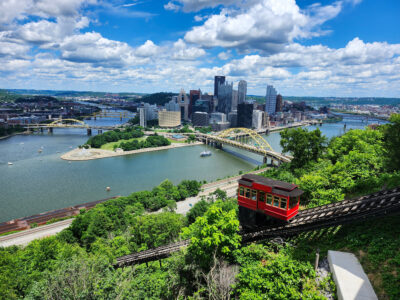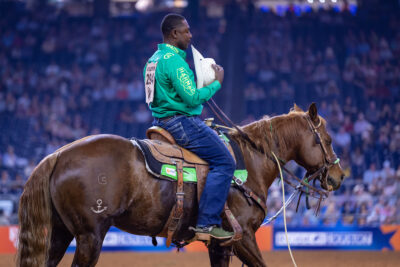
Why you need to learn about Black cowboy culture in Houston, Texas
It might just now be having its moment in the spotlight – but Black cowboy culture has been alive and well for centuries, in the Lonestar State and beyond
“I think I might be underdressed,” I said to myself. I stared down at my plaid shirt and Levi’s jeans as impeccably stylish people strutted past me in coloured cowboy boots, embroidered western shirts, bolo ties and fringed jackets. The cowboy hats deserved their own category: red, black, brown, cream, silver, suede, straw and a few with a fringe of rhinestones. I started to realise that if I ever came back to the Houston Rodeo, the world’s largest rodeo and livestock show, I’d better learn how to dress the part.
Although it can feel like Black cowboy culture is having a moment – mostly thanks to Beyoncé’s Grammy-award winning album of the year Cowboy Carter and subsequent world tour – Black cowboy culture has been alive and well across many states in the American South for centuries. The unofficial capital, however, is Texas, where the cattle industry relied on the labour of its enslaved population during the early 19th century. So much so that in 2017, the Smithsonian Institution found that, due to the increased demand for cattle herding post-Civil War, one in four cowboys was Black.
Unlike many Americans, I knew a bit about Black cowboy lore thanks to my Alabama-raised father and Louisiana-raised mother, who grew up going to rodeos and trail rides. But I had never truly experienced it for myself during my upbringing in Washington DC. As I became an adult, and developed an infatuation with modern Western dramas like Yellowstone and Longmire, the depiction of the rugged white cowboy didn’t align with the rich Black cowboy history I knew existed in the United States – and more specifically, in Beyonce’s hometown of Houston, Texas. So I decided to make my way to Texas for Black Heritage Day at the Houston Rodeo. But first, I needed to understand how Houston became the cornerstone of Black cowboy heritage.
Houston’s Freedmen’s Town
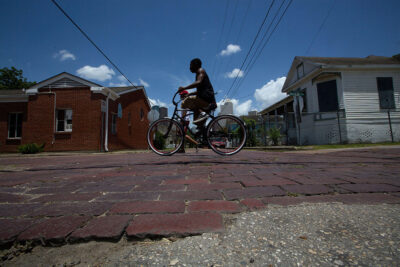
Shortly after 19 June 1865 – now a federal holiday known as Juneteenth that celebrates the day the final enslaved Americans learned of their freedom in Galveston, Texas – about 1,000 freedpeople migrated 82 km to Houston, bringing their cowhand skills with them. They established a neighbourhood called Freedmen’s Town, once home to more than 400 Black-owned businesses and more than 95% of Houston’s Black population.
“They say all roads lead back to Freedmen’s Town,” said Sharon Fletcher, executive director of the Houston Freedmen’s Town Conservancy, as she led me on a walking tour of the brick-laid neighbourhood under a cloudless sky. “All of Houston’s Black heritage began here, and it is our mission to tell this story from the freed perspective. We have to honour the legacy of the fifth generation residents who still live here.”
We walked along the brick roads and she explained that they were constructed by the men of Freedmen’s Town and laid by hand between 1915 and 1922 – a result of the city refusing to provide basic services such as paved roads to a neighbourhood that frequently flooded. The bricks have become a symbol of resilience among Black Houstonians: the physical representation of self-sufficiency and community support.
My visit coincided with the sudden death of Texas Congressman and former Houston Mayor Sylvester Turner, who was largely responsible for establishing Freedmen’s Town as a Heritage District, the first and only Heritage District in Houston. Fletcher tearfully recounted how Mayor Turner led the charge to return the historic bricks to Freedmen’s Town when some were removed by city workers for drainage repairs in 2016, without the then-mayor’s knowledge or approval. His efforts to preserve the district have helped to secure funding from organisations including the Ford Foundation and the Mellon Foundation to restore several original buildings and protect the neighbourhood from the constant threat of gentrification.
On our tour, Fletcher took me to three freshly painted restored Freedmen’s Town homes that were built in the 1920s – one that serves as the Freedmen’s Town Visitor Center and two others that have become art galleries showcasing the work of local artists. Despite the modern sculptural pieces and paintings on the walls, I was instantly transported to the modest first home of my Louisiana-born grandparents, where rooms may not have been plentiful, but were filled with love.
The best aspect of these nostalgic homes is their lack of modernisation. You can easily imagine where the kitchen and icebox were, where the family gathered around the radio, where hardworking parents rested their weary heads. I feel myself getting choked up with the realisation that these families were so much like my own, ‘making a way out of no way’, as the African American folk expression says.
The Buffalo Soldiers: “We were never wanted but always needed”
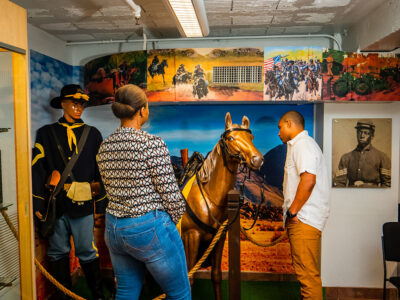
Also in Houston is the Buffalo Soldiers National Museum, a space dedicated to the legacy of African American soldiers who served along the western frontier in the US Army after the Civil War. The formerly enslaved men of the 9th and 10th Cavalry, along with the 24th and 25th Infantry Regiments were the first to serve during peacetime. They earned their nickname from Native American tribes who respected the calvary’s bravery and fierceness, which they deemed similar to the mighty buffalo. They faced constant racism, discrimination and lower pay and benefits than their fellow white servicemen, regardless of their impeccable performance.
I scanned the entry walkway which comprised hundreds of bricks inscribed with loving words dedicated to various military service members. But a brick stating: “Dear 9th & 10th Cavalry, we thank you.” stopped me in my tracks. It felt like an overdue thank you – one that these original Black cowboys, who contributed so much to American society, sorely deserve.
Next I walked through the displays of impeccably preserved uniforms, artistic depictions of Black soldiers on horseback charging into battle, and artefacts such as saddles, lanterns and vintage pistols. I realised these military cowboys represented so much more than a career – they represented a culture and way of life that’s still present today.
Everything’s bigger in Texas
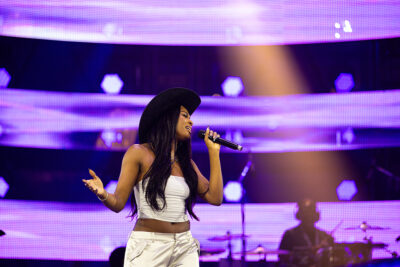
Which brings me back to Black Heritage Day at the rodeo. After getting over my relatively tame outfit, I found myself line dancing with strangers in front of the NRG Arena to “Do It With Your Boots On” by Cupid. Had I heard this song or seen this dance before? No. But I couldn’t resist the pull of joining other young Black women in their cowgirl couture, their gorgeous hats topping braids and dreadlocks as they heel-clicked on the makeshift dance floor.
The Black Texan joy was palpable throughout the day, as I chowed down on enormous plates of barbecue and deep-fried bread pudding bites (yes, you read that correctly). But that was only a glimpse of the Texas-sized food on offer at the rodeo. I had a hard time keeping my eyes on my own plate as mind-boggling dishes like funnel cake bacon queso burgers and tornado potatoes (a deep-fried spiral cut potato on a stick) surrounded me.
As the sun set, the crowd filtered into NRG Stadium for the evening’s main event: a “Birthday Bonanza” concert curated by rapper and hometown-hero Bun B (he hails from Port Arthur, just 145 km outside of the city). I screamed along with the more than 70,000 fans in attendance as he strolled onstage to his hit “Get Throwed”, donning a sequin-fringed black leather duster, with a matching black cowboy hat and boots. The moment was a fitting tribute and celebration of the vibrant Black cowboy culture in the city – both past and present.
The author’s trip was supported by Visit Houston (visithoustontexas.com).
Read next: A twin-city tour of urban Texas






